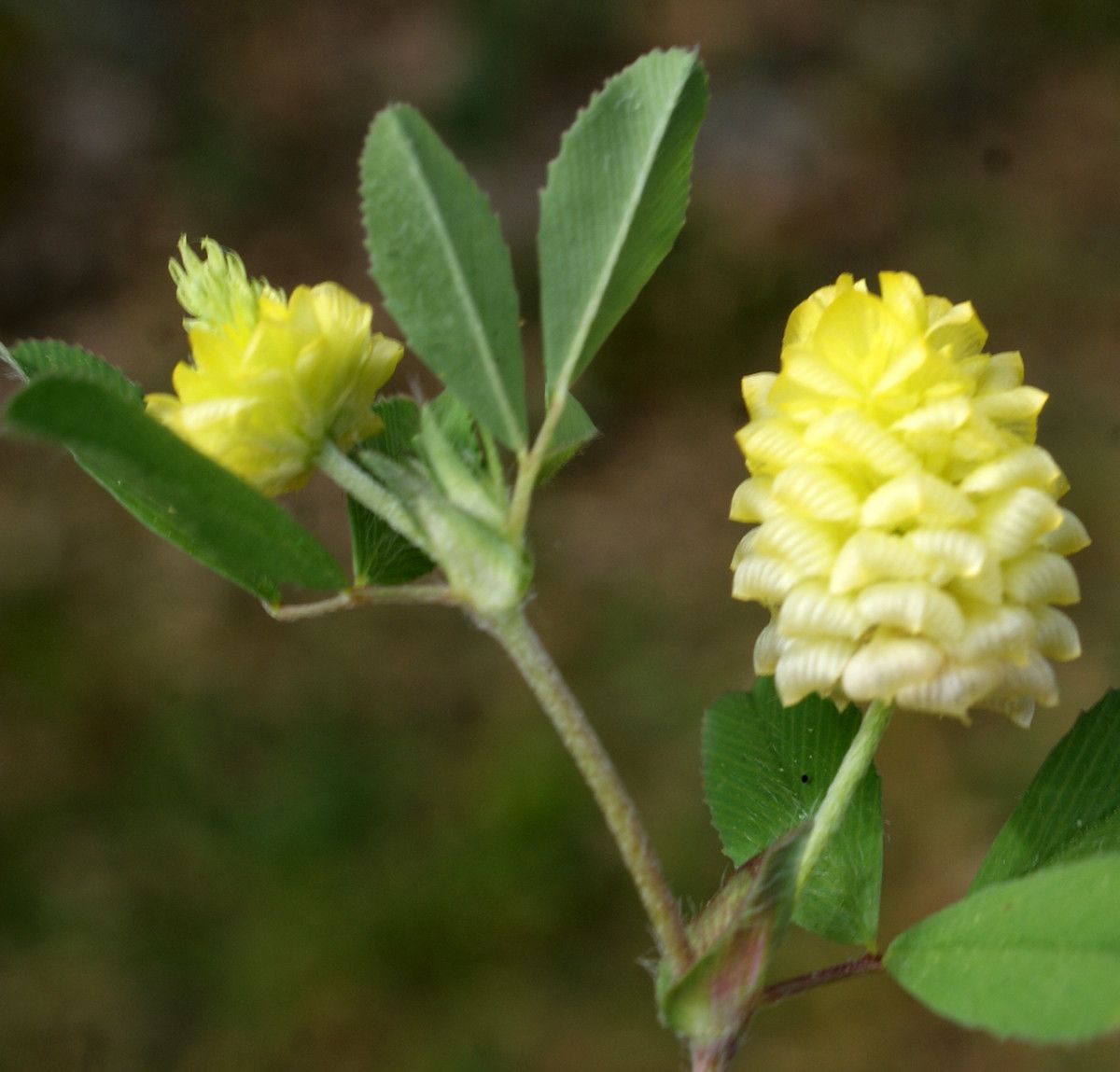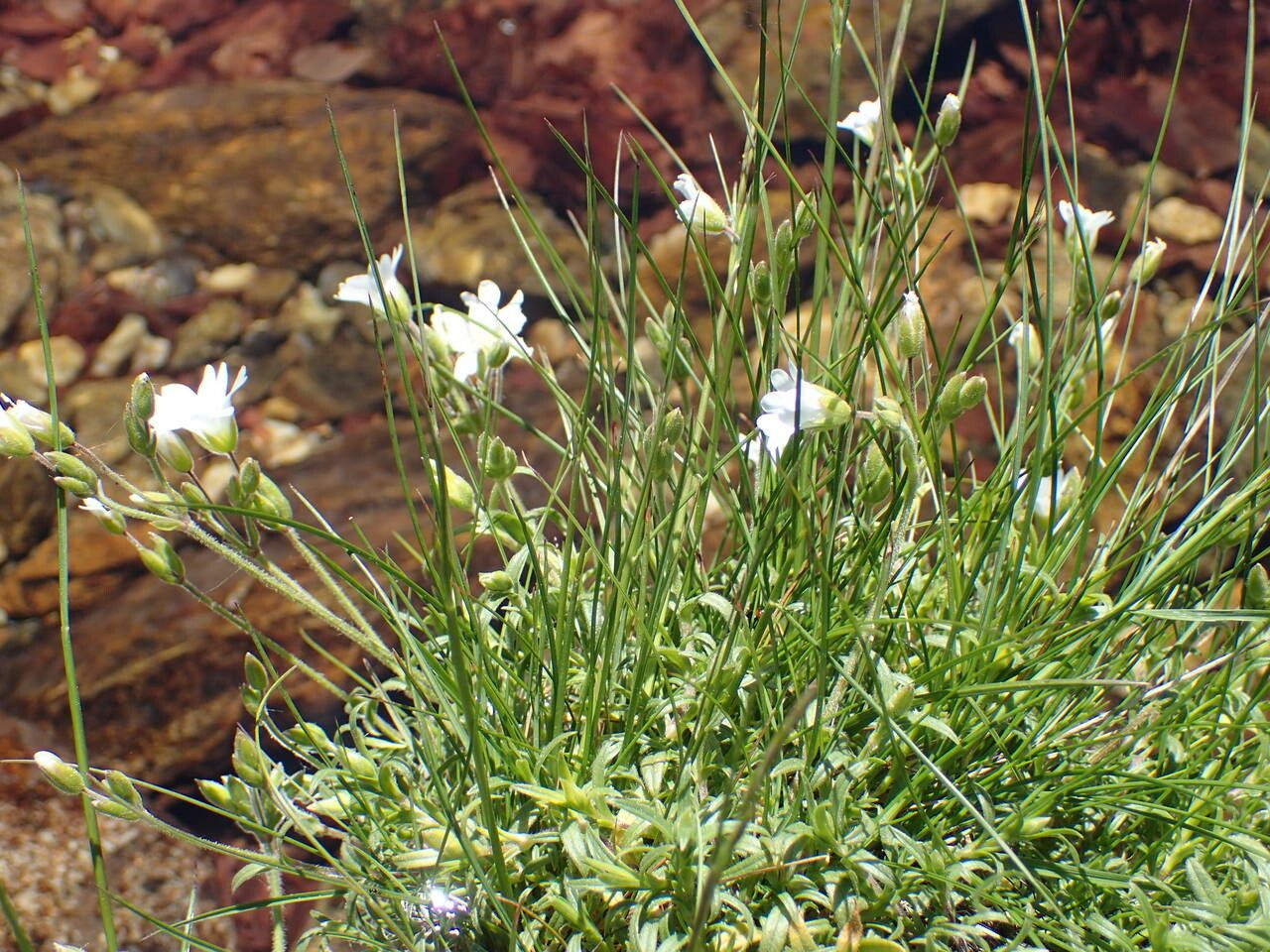## Chinese Corktree: A Comprehensive Guide
The Chinese Corktree (*Phellodendron amurense*), a member of the Rutaceae (citrus) family, is a striking and versatile tree prized for its unique bark, attractive foliage, and adaptability. Native to East Asia, this deciduous tree is increasingly popular in landscapes across the globe, offering both aesthetic appeal and ecological benefits.
### Habitat and Growth
In its natural habitat, the Chinese Corktree thrives in a variety of conditions, demonstrating remarkable resilience. It's found growing in mountainous regions, forest edges, and even along riverbanks. This adaptability translates to its ease of cultivation in diverse garden settings.
### Sun Exposure and Soil Needs
The Chinese Corktree tolerates a wide range of sun exposure, thriving in full sun to partial shade. It’s adaptable to various soil types, but prefers well-drained, fertile soil that is slightly acidic to neutral. While it can tolerate some drought conditions once established, consistent moisture during its early growth stages is beneficial.
### Distinguishing Features
One of the most captivating features of the Chinese Corktree is its bark. As the tree matures, the bark develops a striking, thick, corky texture, often ranging in color from gray-brown to almost black, deeply furrowed and resembling the texture of actual cork. The leaves are pinnately compound, meaning they have multiple leaflets arranged along a central stem. They are typically ovate or lanceolate, with a slightly serrated margin, and possess a pleasant, slightly citrusy scent when crushed.
In the autumn, the Chinese Corktree displays a muted yellow or pale-brown fall color, adding subtle warmth to the landscape before leaf drop. The tree also produces small, inconspicuous flowers, followed by small, dark-colored drupes, which are berries containing seeds.
### Planting and Care
Planting a Chinese Corktree is relatively straightforward. Dig a hole twice as wide as the root ball and plant at the same depth it was growing in its container. Water thoroughly after planting. Regular watering is crucial, especially during the first year to ensure proper establishment. Once established, the Chinese Corktree is remarkably drought-tolerant.
Minimal pruning is typically needed, but removing dead or damaged branches is advisable. Fertilizing isn't strictly necessary, but a balanced slow-release fertilizer can promote healthy growth, particularly in poor soils.
### Pest and Disease Resistance
The Chinese Corktree is generally resistant to pests and diseases, making it a low-maintenance choice for gardeners. However, occasional issues with aphids or scale insects might require treatment with insecticidal soap or horticultural oil. Good cultural practices, such as proper watering and well-drained soil, can help to minimize pest and disease problems.
### Uses and Benefits
Beyond its ornamental value, the Chinese Corktree offers several benefits. Its corky bark has been used traditionally for various purposes, including insulation and medicinal applications. It also provides valuable habitat for wildlife and contributes to biodiversity in the garden.
The Chinese Corktree is a truly remarkable tree, offering a unique blend of beauty, resilience, and ecological significance. Its striking bark, adaptable nature, and low-maintenance care make it an excellent addition to any landscape, from small gardens to large parks and urban settings.
Chinese Corktree: Planting, Care & Guide

Frequently Asked Questions
How do I care for a Chinese Corktree?
Provide consistent watering, especially during the first year. Minimal pruning is needed; remove dead or damaged branches. Fertilizing is optional, but a balanced slow-release fertilizer can benefit growth.
Is Chinese Corktree drought tolerant?
Yes, once established, the Chinese Corktree is remarkably drought-tolerant. However, consistent moisture during its early growth stages is beneficial for establishment.


